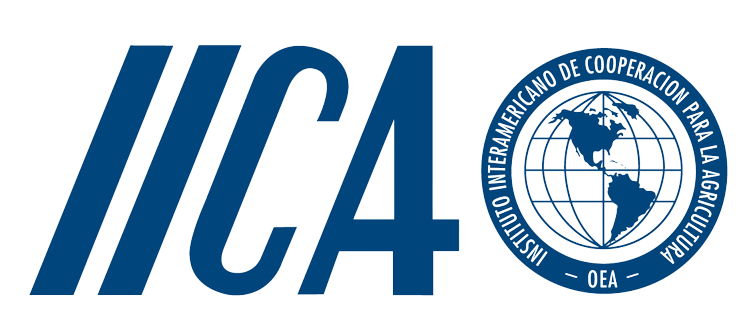Dominance, epistasis, heritabilities and expected genetic gains
Although epistasis is common in gene systems that determine quantitative traits, it is usually not possible to estimate the epistatic components of genotypic variance because experiments in breeding programs include only one type of progeny. As the study of this phenomenon is complex, there is a lack of theoretical knowledge on the contribution of the epistatic variances when predicting gains from selection and on the bias in estimating genetic parameters when fitting the additive-dominant model. The objective of this paper is to discuss these aspects. Regarding a non-inbred population, the genetic value due to dominance and the epistatic components of the genotypic value are not indicators of the number of favorable genes present in an individual. Thus, the efficiency of a selection process should be based on the narrow-sense heritability, a function only of additive variance. If there is no epistasis, generally it is satisfactory to assess the selection efficiency and to predict gain based on the broad-sense heritability. Regardless of the selection unit or type of epistasis, the bias in the estimate of the additive variance when assuming the additive-dominant model is considerable. This implies overestimation of the heritabilities at half sib family mean, plant within family and plant levels, and underestimation if the selection units are full sib progenies. The predicted gains will have a bias proportional to that of the heritability.
| Autor principal: | |
|---|---|
| Formato: | Digital revista |
| Idioma: | English |
| Publicado: |
Sociedade Brasileira de Genética
2005
|
| Acceso en línea: | http://old.scielo.br/scielo.php?script=sci_arttext&pid=S1415-47572005000100012 |
| Etiquetas: |
Agregar Etiqueta
Sin Etiquetas, Sea el primero en etiquetar este registro!
|



